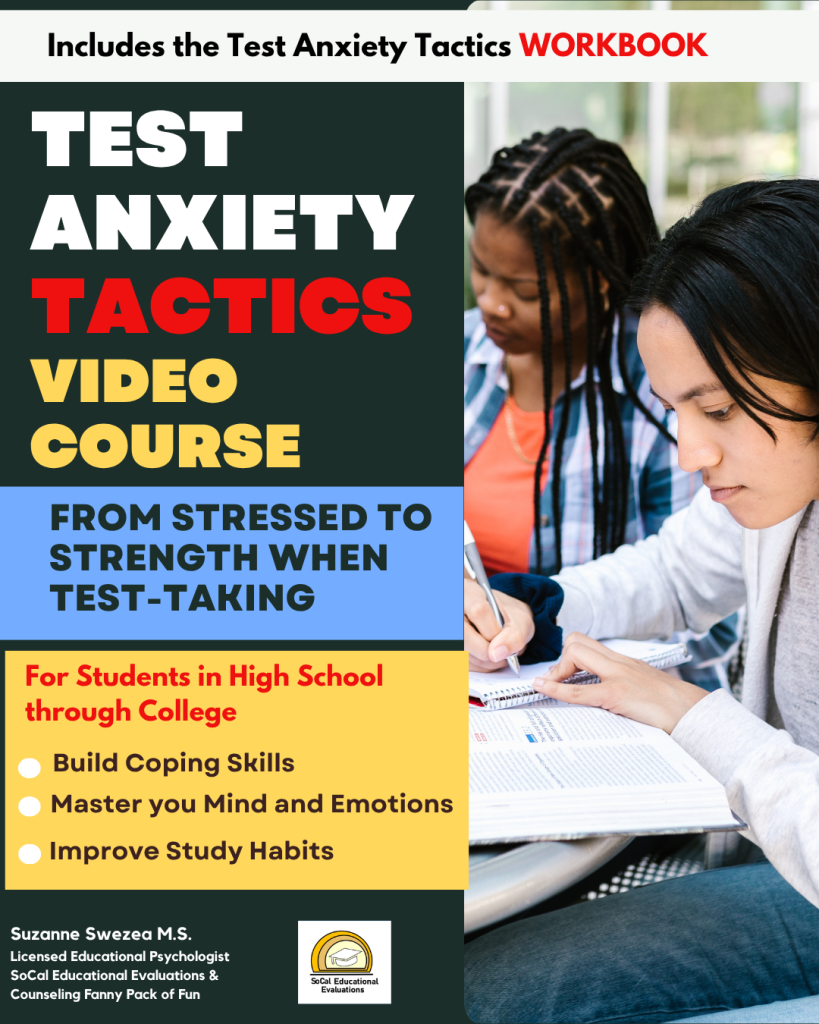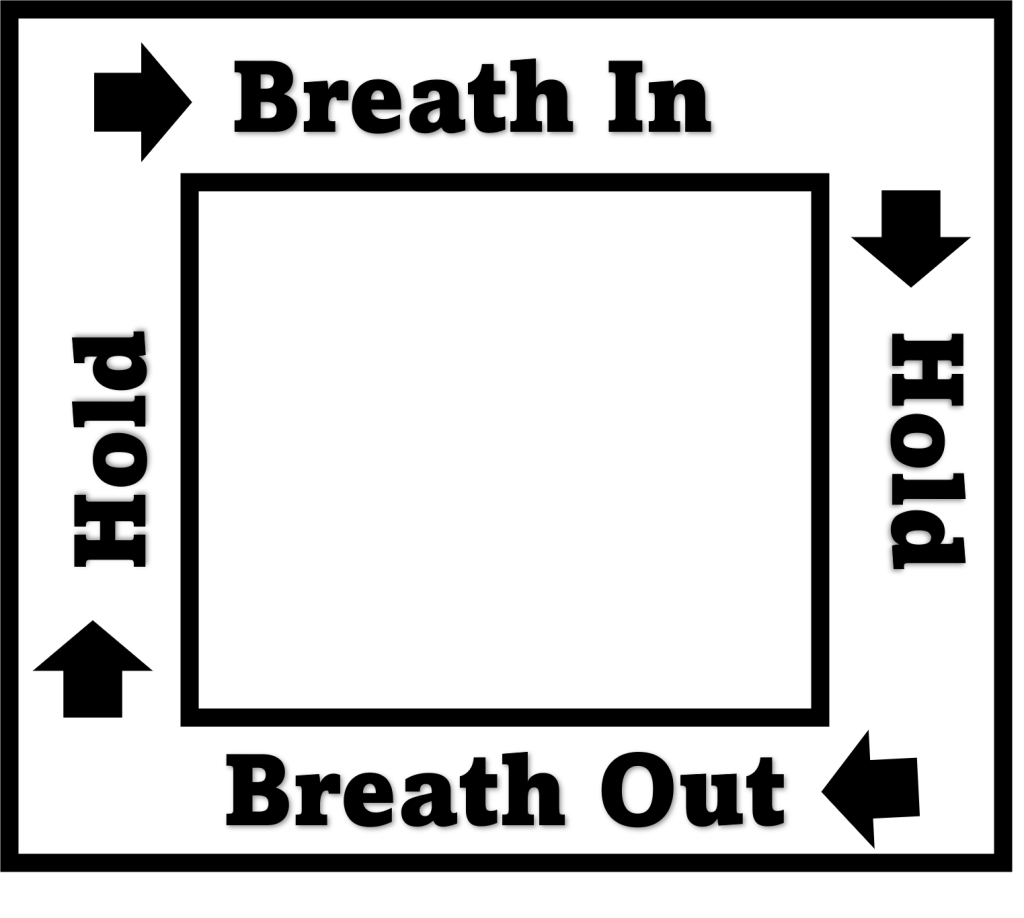
Test anxiety can make even the best-prepared student feel unprepared. Rapid heartbeat, shaky hands, and racing thoughts are common symptoms—and they can lead to poor performance even when you know the material. One of the most effective tools for calming these physical and mental symptoms is something we all do every day: breathing.
When we’re anxious, our breathing becomes shallow and rapid, which signals the body to stay in “fight or flight” mode. By practicing intentional breathing, we can send the opposite message—activating the body’s relaxation response and reducing stress levels. It’s a simple yet powerful technique that students can use before, during, and after an exam to feel more in control.
Why Breathing is a Core Strategy in My Test Anxiety Tactics Course

Over my 18 years as a Licensed Educational Psychologist, I’ve worked with countless students who struggle with test anxiety. Many believed they were “bad test takers,” when in reality, they just needed tools to manage their body’s stress response. That’s why I created the Test Anxiety Tactics Course and workbook—to give students practical, science-backed strategies they can use immediately.
Breathing exercises are one of the first techniques I teach because they’re easy to learn, free to use, and incredibly effective. In the course, I guide students through several methods that they can practice in just a few minutes, anywhere—even in the middle of a test. Below are three of my favorite breathing exercises from the course.
1. Box Breathing (4-4-4-4 Method)

Box breathing is a structured, calming technique used by athletes and even military professionals to reduce stress quickly. Here’s how to do it:
- Inhale slowly for 4 seconds
- Hold your breath for 4 seconds
- Exhale gently for 4 seconds
- Pause and hold for 4 seconds
Repeat this cycle for 4 rounds. The rhythm creates a sense of calm and control, helping slow racing thoughts.
2. Diaphragmatic Breathing (Belly Breathing)

This technique helps you fully engage your diaphragm for deep, calming breaths:
- Sit comfortably and place one hand on your chest, the other on your stomach
- Inhale through your nose, letting your stomach rise while keeping your chest still
- Exhale slowly through your mouth, allowing your stomach to fall
Practice this for 2–3 minutes before your test or whenever you feel tense.
3. The 4-7-8 Breathing Technique
Known as a natural tranquilizer for the nervous system, this technique helps calm anxiety quickly:
- Inhale through your nose for 4 seconds
- Hold your breath for 7 seconds
- Exhale slowly through your mouth for 8 seconds
Start with 4 cycles, and increase as needed. This is excellent right before entering the exam room.
Breathing is Just the Beginning
While breathing exercises are powerful, they’re just one part of a bigger picture. The Test Anxiety Tactics Course also covers mindset shifts, effective study strategies, time management, and additional relaxation techniques to help students build confidence and perform at their best. My goal is to provide a complete toolkit for success—whether you’re taking a classroom quiz, a college entrance exam, or a professional licensing test.
Ready to take control of test anxiety? Enroll in the Test Anxiety Tactics Course today and get access to the full workbook, guided breathing exercises, and step-by-step strategies to help you stay calm, focused, and confident on test day. Here’s MODULE 1 for you to get started!